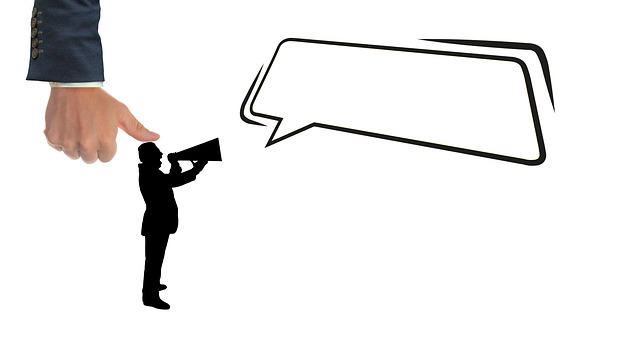
Exploring the Influence of Science and Technology on Modern Corporate Structures and Workplace Culture
The corporate world, often perceived as a steady, perhaps even slow-moving entity, is undergoing a rapid metamorphosis. At the heart of this transformation lies the relentless march of science and technology. These forces aren’t just changing the tools we use; they are fundamentally altering the very fabric of our organizations – from their foundational structures to the subtle nuances of how we interact and collaborate daily.
The Scientific Underpinnings of Modern Organization
While technology’s impact might seem more obvious, science provides the theoretical framework. Fields like data science, behavioral economics, and organizational psychology, steeped in scientific method, are informing modern leadership and structural design. We’re seeing a shift towards data-driven decision-making, moving away from pure intuition. Behavioral science is helping us understand employee motivation, team dynamics, and the psychology of change, enabling leaders to build more effective and resilient structures and cultures based on empirical evidence rather than just inherited tradition.
Technology as the Structural Architect and Cultural Catalyst
Technology is the engine of this change. Digital communication platforms dissolve geographical barriers, making distributed teams and flexible work arrangements not just possible, but often preferable. Cloud computing provides scalable infrastructure that was once the domain of large, centralized IT departments, enabling smaller, more agile units within a corporation. Automation and Artificial Intelligence are reshaping roles, demanding new skill sets, and freeing up human capital for more strategic, creative, and empathetic tasks.
This technological influx doesn’t just affect *where* and *how* we work; it deeply impacts *who* we are at work. Information flows faster and more openly, fostering a culture of transparency (or demanding it). Collaboration tools encourage constant interaction, potentially breaking down silos but also requiring new norms around digital etiquette and focus. The rapid pace of technological change necessitates a culture of continuous learning and adaptability – skills that are now paramount for both individuals and the organization as a whole.
Reshaping the Corporate Skeleton: Structural Shifts
The traditional hierarchical pyramid, designed for an era of limited information flow and centralized control, is becoming increasingly unwieldy in the face of technological agility. Companies are experimenting with flatter structures, network models, and autonomous teams (like ‘squads’ and ‘tribes’) that can react quickly to market changes. Technology enables these structures by providing the necessary coordination and communication layers. The ability to analyze vast amounts of data allows for decentralized decision-making, pushing authority closer to the customer or the point of action.
Furthermore, the rise of remote and hybrid work, powered entirely by technology, is fundamentally altering our relationship with physical office space and traditional team configurations. Corporate structures must adapt to manage talent that is globally distributed, fostering inclusion and connection across virtual distances.
Cultivating the Digital Workplace Ecosystem
Workplace culture is the human operating system, and technology is rewriting parts of its code. The emphasis shifts from mere presence to productivity and impact. Trust becomes a more explicit cultural value when overseeing becomes less about physical proximity. Building a strong culture now involves cultivating digital fluency, promoting psychological safety in virtual spaces, and ensuring equitable access to tools and information regardless of location or role.
This technological integration also brings challenges: the risk of digital burnout, the need for clear boundaries between work and life, the ethical implications of AI and data usage, and the critical importance of digital security. Leaders are tasked with building cultures that not only leverage technology but also mitigate its potential downsides, fostering a humane and sustainable digital workplace ecosystem.



